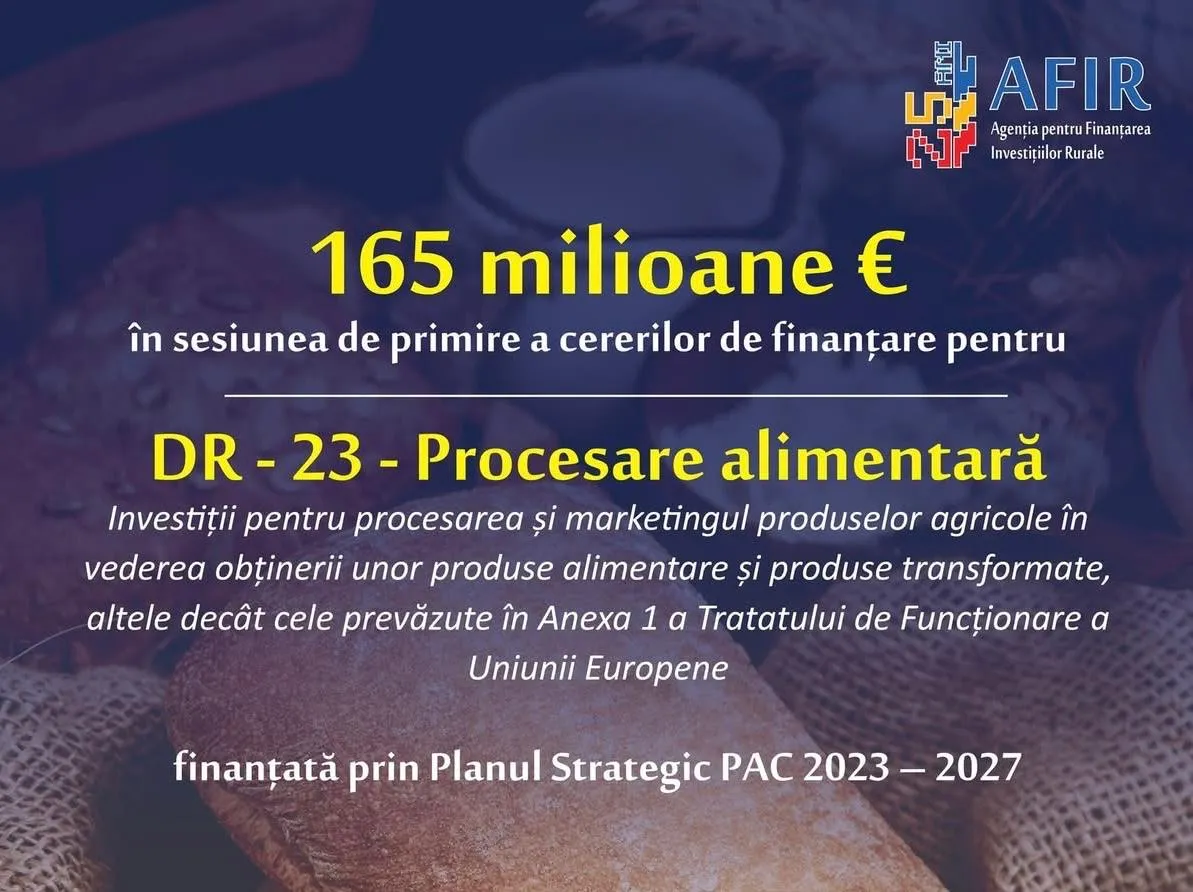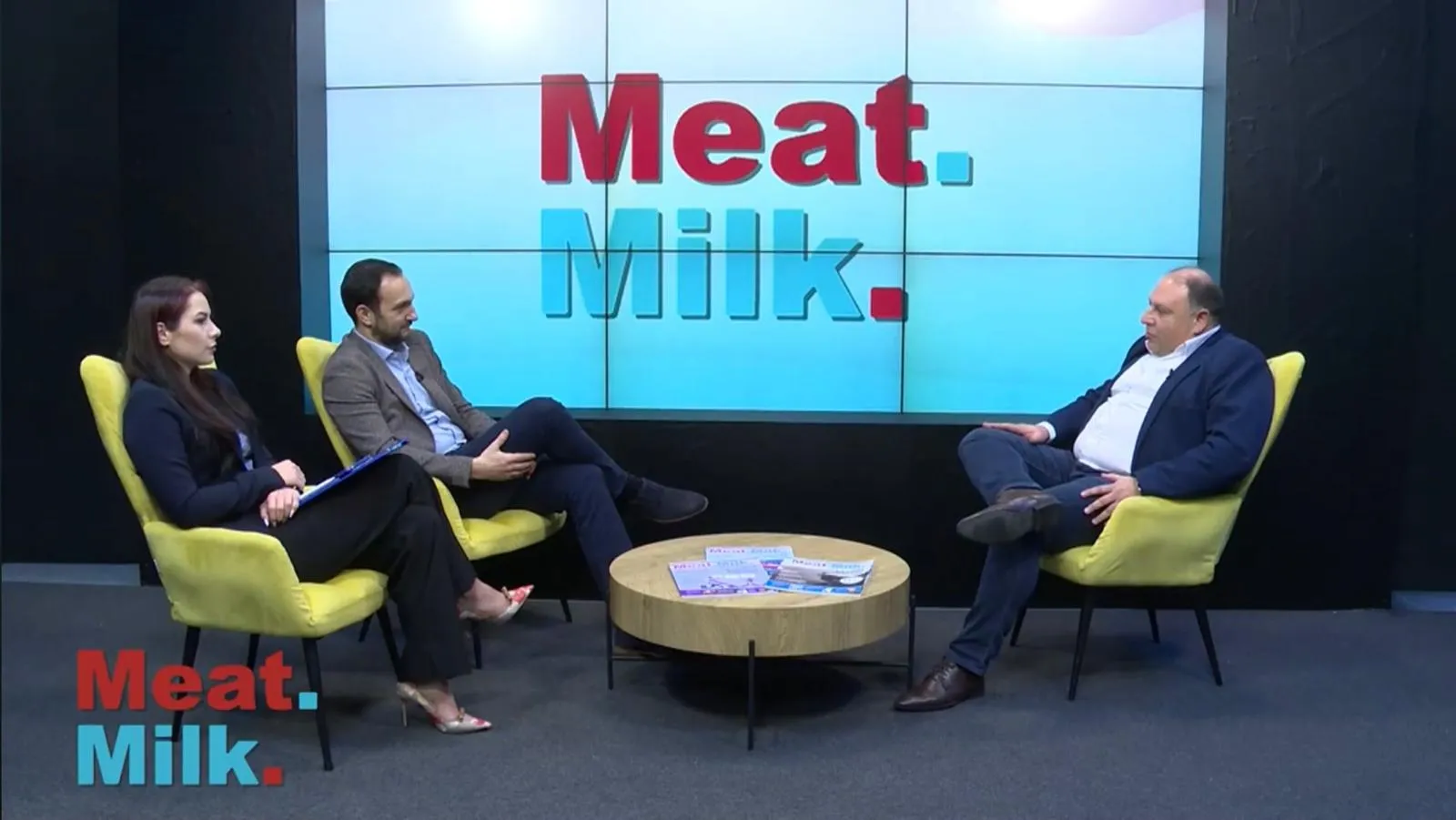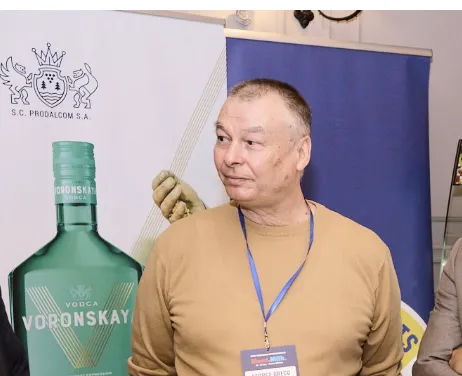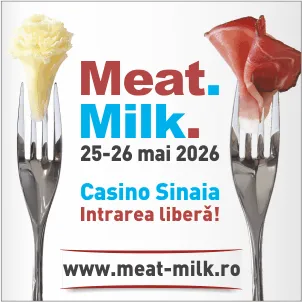412
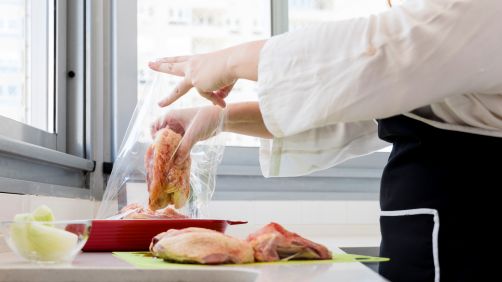
Food waste remains one of the major challenges facing Europe’s agri-food system. According to the European Commission (2024), more than 59 million tonnes of food are wasted annually across the EU — the equivalent of 131 kg per capita — with animal-based products accounting for nearly 20% of the total.
In the meat industry, losses occur throughout the entire production chain — from slaughtering and processing to distribution and consumption. FAO data show that global meat losses exceed 12% of total production, while in Central Europe, the main causes include improper handling, lack of a continuous cold chain, and confusion between “best before” and “use by” labelling.
Through the Farm to Fork strategy, the European Union has set a target to halve food waste by 2030. Key measures include clarifying date labelling (“best before” vs. “use by”), encouraging food donations, and developing rapid redistribution platforms for perishable goods.
In Romania, food losses in the meat sector are estimated at around 100,000 tonnes per year, according to INS and MADR data, with an economic value exceeding €150 million. Establishing regional collection and redistribution centres could reduce these losses by 15–20% in the coming years.
Digital technologies play a crucial role in this transition. IoT temperature monitoring systems, smart labelling, and mobile logistics tracking apps enable better stock management and waste reduction. Moreover, processors can reuse by-products by converting them into biogas or feed, thus contributing to the circular economy.
In the long run, reducing food waste is not only an environmental obligation but also a strategy for economic efficiency. For Romania’s meat industry, aligning with European best practices means lower costs, a stronger sustainability image, and a real competitive edge on international markets.
(Photo: Freepik)
